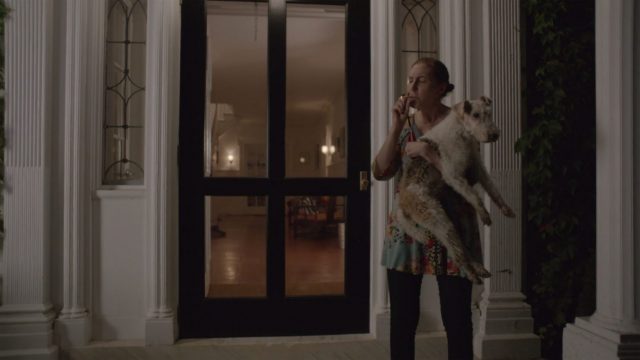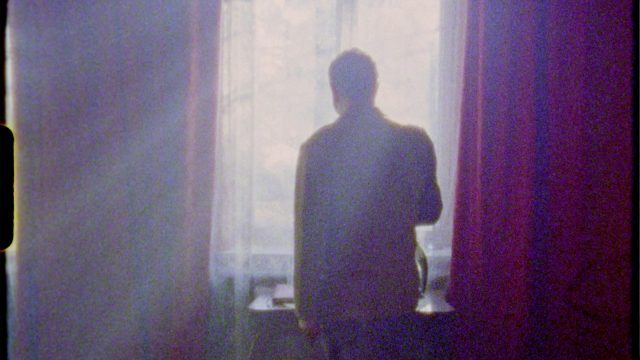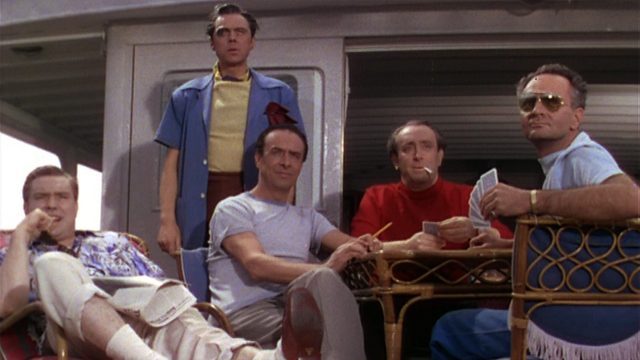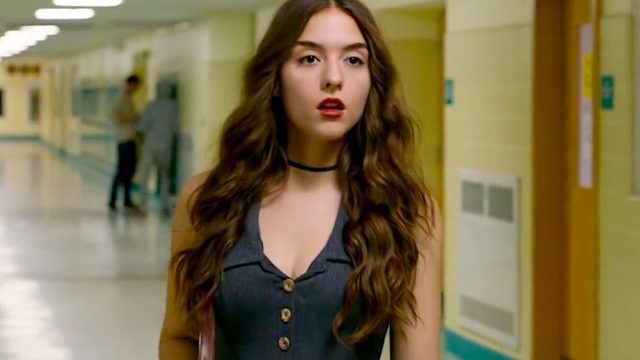
Quinn Shepard is a sextuple threat in sexy, hard-hitting teen drama Blame
BRUNCH MOVIE: BLAME (Quinn Shephard, 2017)
Nitehawk Cinema
136 Metropolitan Ave. between Berry St. & Wythe Ave.
Saturday, January 20, and Sunday, January 21, 11:45 am
718-384-3980
nitehawkcinema.com
www.samuelgoldwynfilms.com/blame
 Twenty-two-year-old Quinn Shephard proves herself to be a sextuple threat in the daring, sexy teen thriller Blame. The New Jersey native wrote, directed, edited, produced, and stars in the film, in addition to writing the lyrics for several songs performed by Peter Henry Phillips. Her mother, Laurie Shephard, also produced and cast the movie, which takes place in a New Jersey high school where Abigail Grey (Quinn Shephard) has returned after a mysterious psychotic incident. She is immediately targeted by mean-girl leader Melissa Bowman (Nadia Alexander) and her trusted bestie, Sophie Grant (Sarah Mezzanotte), while the third member of the clique, Ellie Redgrave (Tessa Albertson), might be on the outs for showing sympathy for Abigail. Melissa sics her boyfriend, T.J. (Owen Campbell), and Sophie’s beau, Eric (Luke Slattery), on Abigail, taunting and teasing her, calling her Sybil, after the book and movie about a woman with multiple personalities. When Jeremy Woods (Chris Messina) takes over their drama class, he switches the play they’re presenting from Tennessee Williams’s The Glass Menagerie to Arthur Miller’s The Crucible, casting Abigail as protagonist Abigail Williams, who might be involved with witchcraft, and Eric as John Proctor, a married man she might be having an affair with. Melissa, who wanted the lead role, is furious when she is named Abigail’s understudy. When Eric doesn’t take things seriously, Jeremy steps in to play John, angering Melissa further as Abigail gets to spend more time with the rather attractive teacher, especially as she watches Abigail and Jeremy grow very close. And Melissa doesn’t like to lose.
Twenty-two-year-old Quinn Shephard proves herself to be a sextuple threat in the daring, sexy teen thriller Blame. The New Jersey native wrote, directed, edited, produced, and stars in the film, in addition to writing the lyrics for several songs performed by Peter Henry Phillips. Her mother, Laurie Shephard, also produced and cast the movie, which takes place in a New Jersey high school where Abigail Grey (Quinn Shephard) has returned after a mysterious psychotic incident. She is immediately targeted by mean-girl leader Melissa Bowman (Nadia Alexander) and her trusted bestie, Sophie Grant (Sarah Mezzanotte), while the third member of the clique, Ellie Redgrave (Tessa Albertson), might be on the outs for showing sympathy for Abigail. Melissa sics her boyfriend, T.J. (Owen Campbell), and Sophie’s beau, Eric (Luke Slattery), on Abigail, taunting and teasing her, calling her Sybil, after the book and movie about a woman with multiple personalities. When Jeremy Woods (Chris Messina) takes over their drama class, he switches the play they’re presenting from Tennessee Williams’s The Glass Menagerie to Arthur Miller’s The Crucible, casting Abigail as protagonist Abigail Williams, who might be involved with witchcraft, and Eric as John Proctor, a married man she might be having an affair with. Melissa, who wanted the lead role, is furious when she is named Abigail’s understudy. When Eric doesn’t take things seriously, Jeremy steps in to play John, angering Melissa further as Abigail gets to spend more time with the rather attractive teacher, especially as she watches Abigail and Jeremy grow very close. And Melissa doesn’t like to lose.
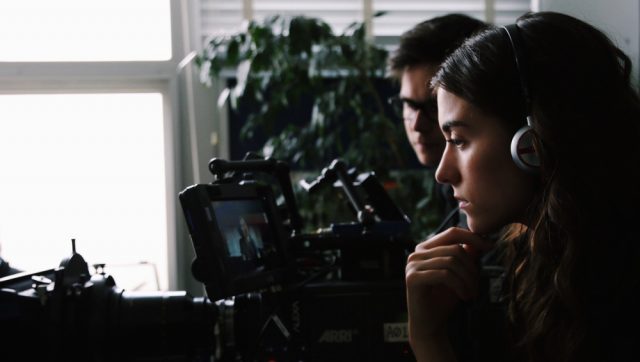
Quinn Shepard, wrote, directed, produced, edited, stars in, and composed lyrics for for her feature-film debut, Blame
Blame is a carefully crafted, intimate tale of lust, jealousy, and obsession, capturing the complicated zeitgeist of high school life, the fear and trepidation along with the experimentation and confusion. In shifting from The Glass Menagerie to The Crucible, Shephard equates mental illness with witchcraft as seen through a feminist lens as her story parallels Miller’s, much as Amy Heckerling’s Clueless follows Jane Austen’s Emma (only without the laughs) and Roger Kumble’s Cruel Intentions is based on Pierre Choderlos de Laclos’s Les Liaisons dangereuses. The scenes between Shephard (Hostages, The Miseducation of Cameron Post) and Messina (The Mindy Project, Damages) are sizzling hot as teacher and student teeter on the edge of a major taboo. Shephard, who appeared in a high school production of The Crucible, also gets to show off her fab eyebrows, which are a character unto themselves. She is one talented filmmaker deserving of attention in an industry that must do a much better job cultivating, acknowledging, celebrating, and rewarding films by and about women. Blame is screening January 20 and 21 at 11:45 am in the Nitehawk series “Representation,” which focuses on films by female directors, continuing January 27-28 with Maysaloun Hamoud’s In Between and February 1 with Alex H. Fischer and Rachel Wolther’s Snowy Bing Bongs Across the North Star Combat Zone and Catherine Fordham’s Best Thing You’ll Ever Do, followed by a Q&A with Fordham, Fischer, and Best Thing star Monica West and a live performance by Tallie Medel, Sunita Mani, and Eleanore Pienta, who all appear in Snowy Bing Bongs.
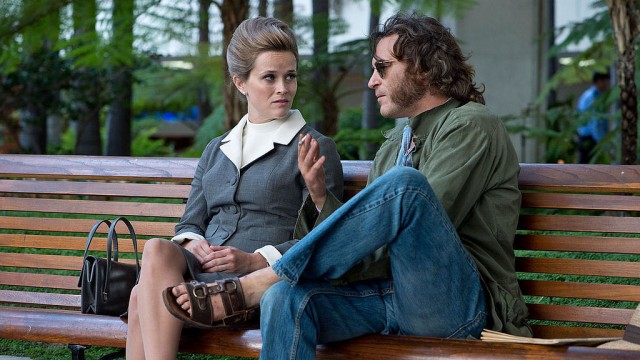
 It makes sense that award-winning writer-director Paul Thomas Anderson, who has made such complex, challenging films as Magnolia,
It makes sense that award-winning writer-director Paul Thomas Anderson, who has made such complex, challenging films as Magnolia, 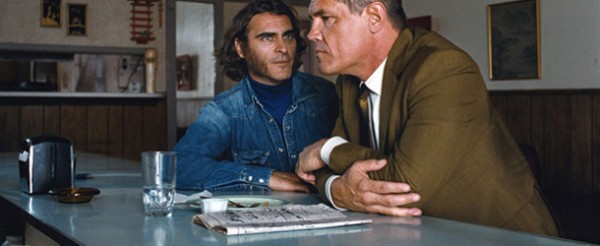
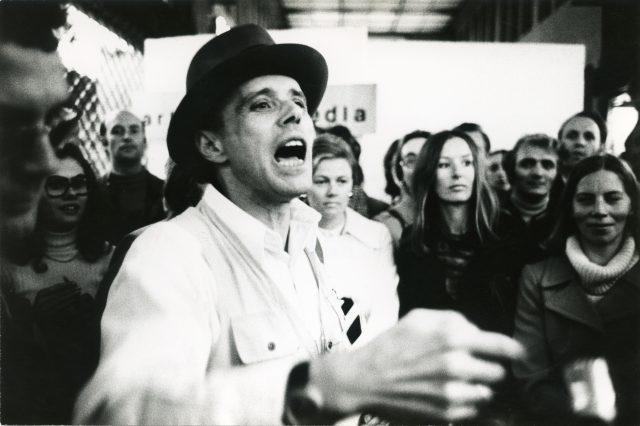
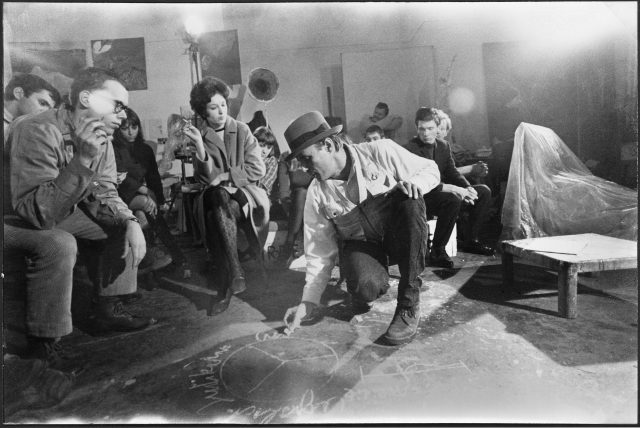
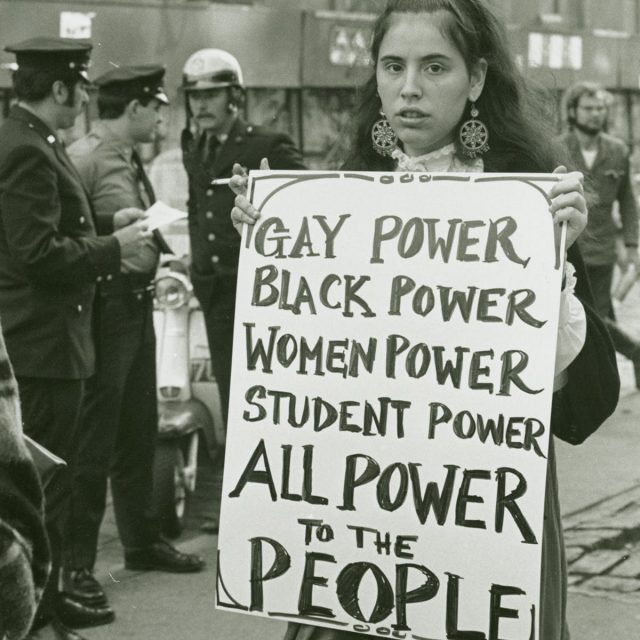
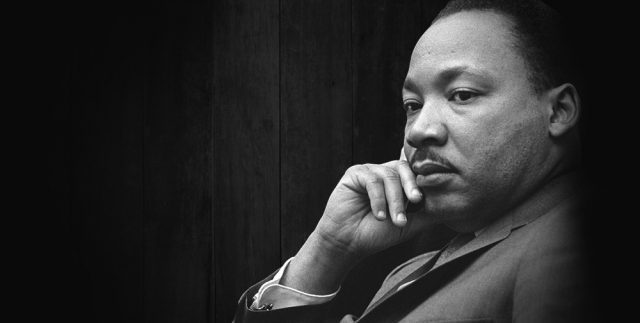
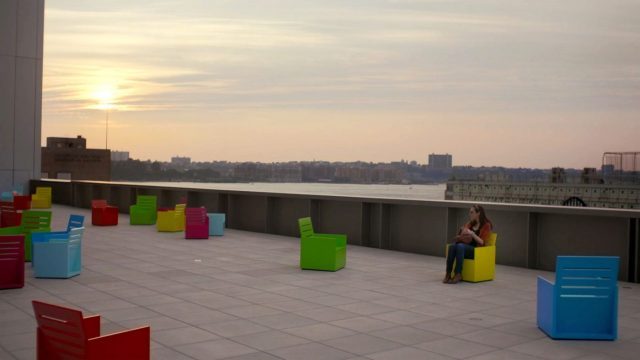
 Visual artist Laurie Simmons makes her feature-film debut as writer, director, and star of the self-indulgent, pretentious romance My Art, which opens at the Quad on January 12. Part of the Pictures Generation, Simmons, who was born in Queens in 1949, has been creating intriguing photographic series since the mid-1970s, often focusing on such inanimate objects as mannequins and dolls, offering a feminist viewpoint of domesticity. In My Art, she plays Ellie Shine, a sixty-five-year-old teacher and artist who decides to house-sit for an upstate friend in order to take advantage of her large studio and to work on a new project, bringing along her ailing dog, Bing, who is suffering from degenerative myelopathy (and is sometimes played by her real dog, Dean, who had the same illness). Although she is seeking privacy and seclusion, she is soon interacting with three men, local gardeners Frank (Robert Clohessy), a widower, and Tom (Josh Safdie), who is married to Angie (Parker Posey), and an oft-divorced lawyer, John (John Rothman). Instead of using dolls and mannequins, she and the three men dress up to re-create scenes from some of Ellie’s favorite films, including John Huston’s The Misfits, Stanley Kubrick’s A Clockwork Orange, Billy Wilder’s Some Like It Hot, and François Truffaut’s Jules and Jim, which involve issues of sex, femininity, age, and gender. Inspired by the work of Cindy Sherman and Gulley Jimson, the painter portrayed by Alec Guinness in Ronald Neame’s The Horse’s Mouth, Ellie reimagines herself as Marilyn Monroe, Kim Novak, Malcolm McDowell, Marlene Dietrich, and other characters as the scenes help drive the narrative of her evolving relationships with the three men as well as the upstate community as a whole. She did not come to the house looking for romance, instead wanting to concentrate on her art, but she can’t help but be beguiled by the three men, particularly Frank, while rediscovering her sexuality.
Visual artist Laurie Simmons makes her feature-film debut as writer, director, and star of the self-indulgent, pretentious romance My Art, which opens at the Quad on January 12. Part of the Pictures Generation, Simmons, who was born in Queens in 1949, has been creating intriguing photographic series since the mid-1970s, often focusing on such inanimate objects as mannequins and dolls, offering a feminist viewpoint of domesticity. In My Art, she plays Ellie Shine, a sixty-five-year-old teacher and artist who decides to house-sit for an upstate friend in order to take advantage of her large studio and to work on a new project, bringing along her ailing dog, Bing, who is suffering from degenerative myelopathy (and is sometimes played by her real dog, Dean, who had the same illness). Although she is seeking privacy and seclusion, she is soon interacting with three men, local gardeners Frank (Robert Clohessy), a widower, and Tom (Josh Safdie), who is married to Angie (Parker Posey), and an oft-divorced lawyer, John (John Rothman). Instead of using dolls and mannequins, she and the three men dress up to re-create scenes from some of Ellie’s favorite films, including John Huston’s The Misfits, Stanley Kubrick’s A Clockwork Orange, Billy Wilder’s Some Like It Hot, and François Truffaut’s Jules and Jim, which involve issues of sex, femininity, age, and gender. Inspired by the work of Cindy Sherman and Gulley Jimson, the painter portrayed by Alec Guinness in Ronald Neame’s The Horse’s Mouth, Ellie reimagines herself as Marilyn Monroe, Kim Novak, Malcolm McDowell, Marlene Dietrich, and other characters as the scenes help drive the narrative of her evolving relationships with the three men as well as the upstate community as a whole. She did not come to the house looking for romance, instead wanting to concentrate on her art, but she can’t help but be beguiled by the three men, particularly Frank, while rediscovering her sexuality.